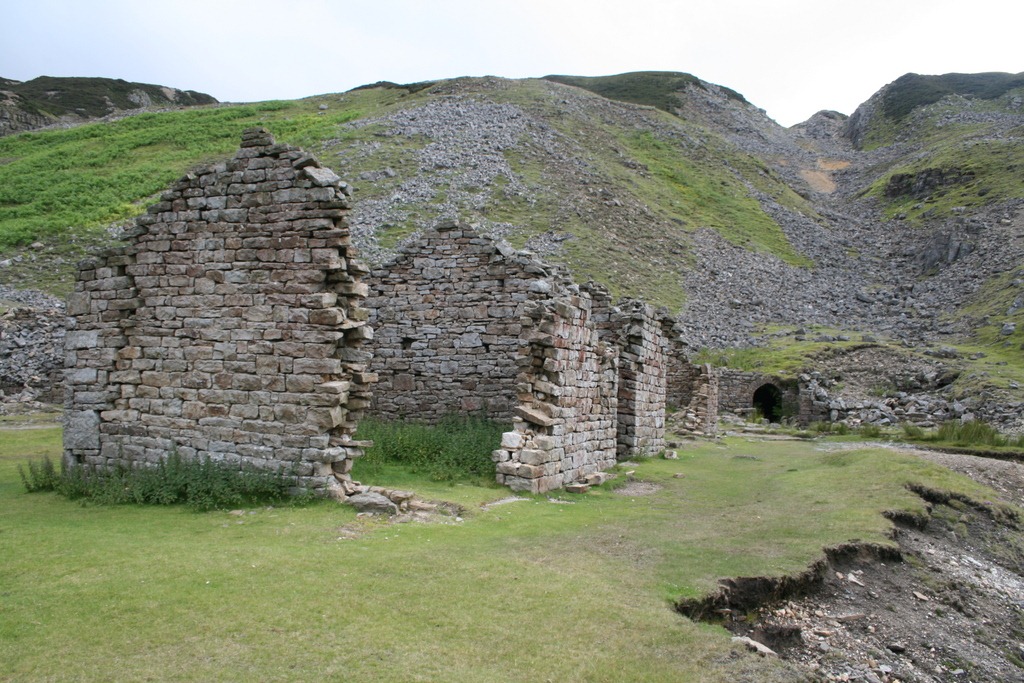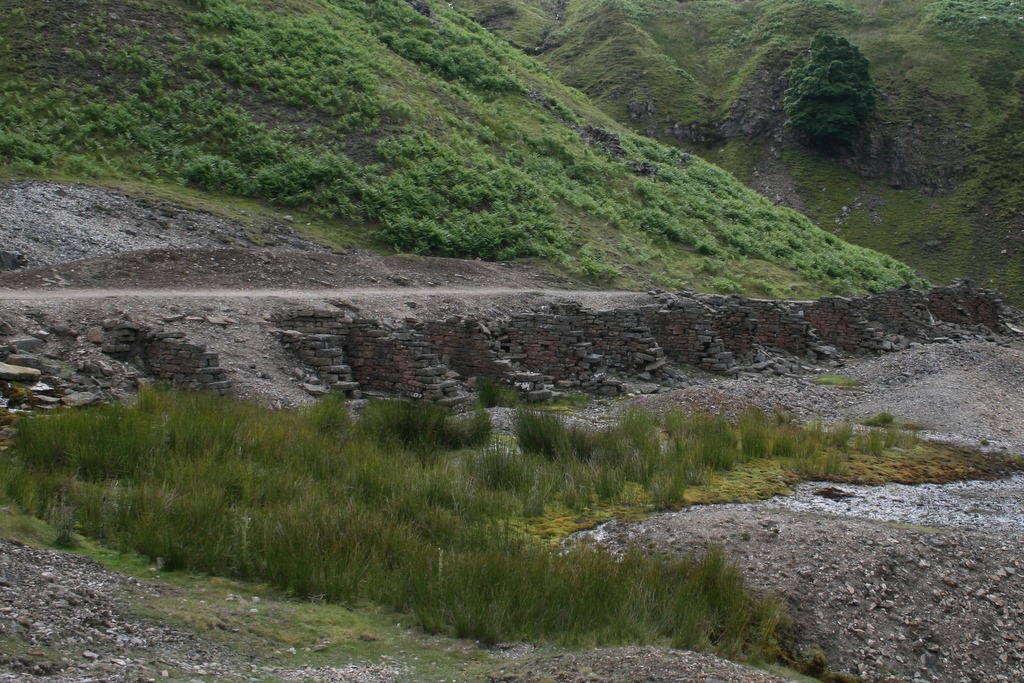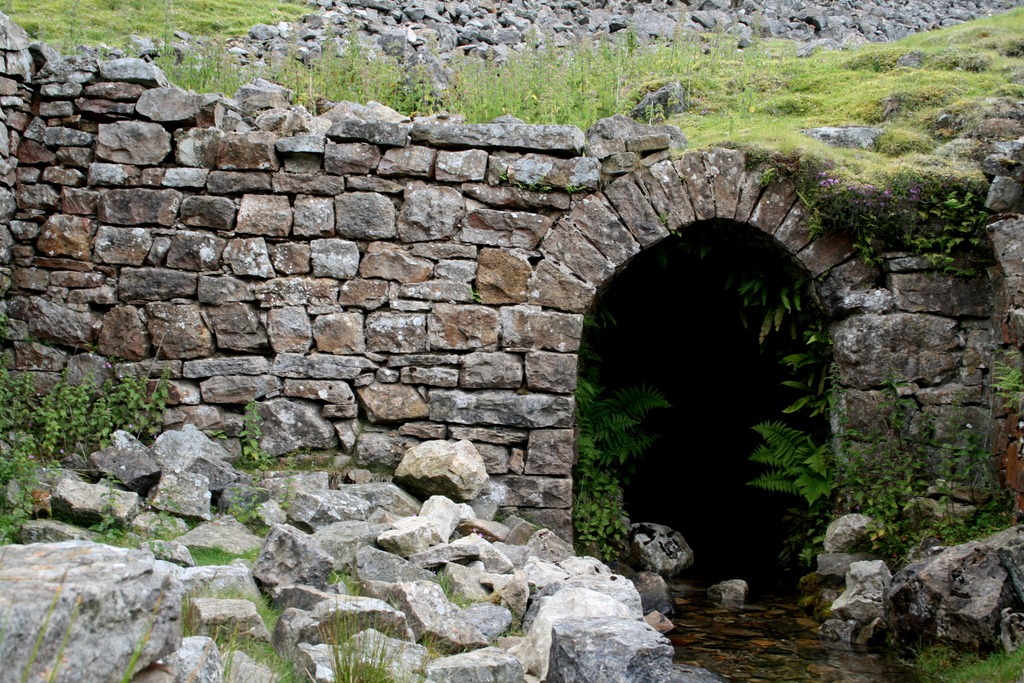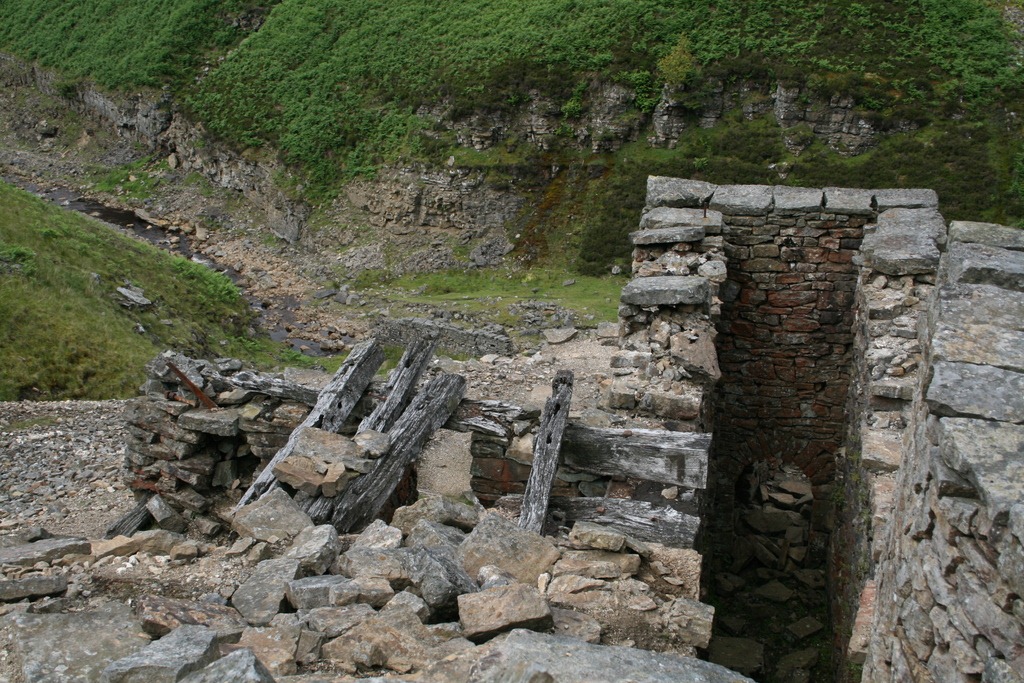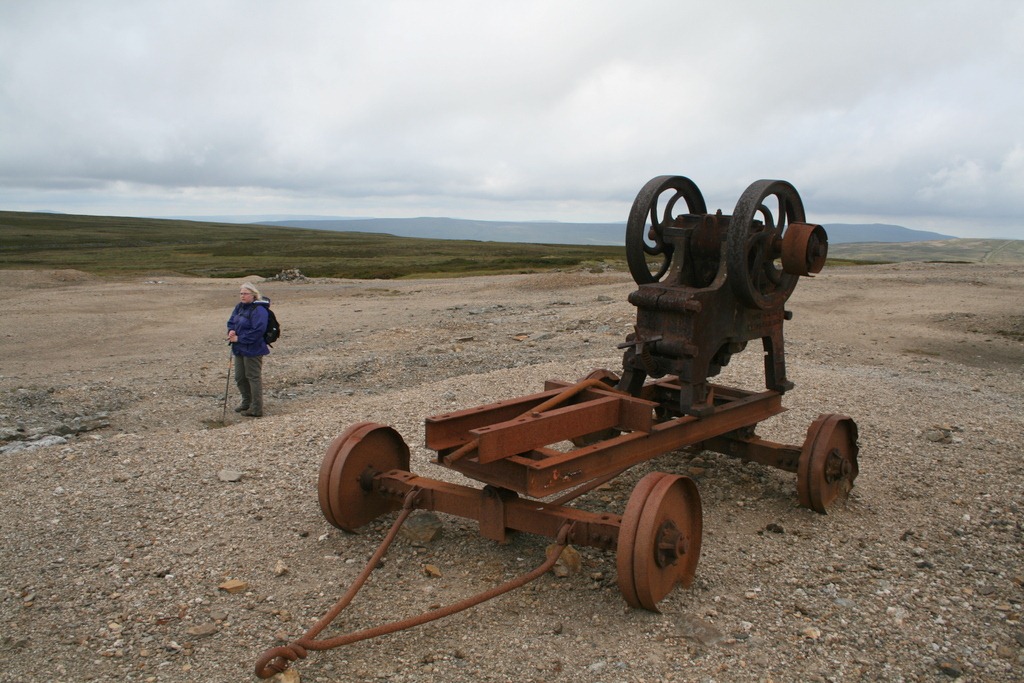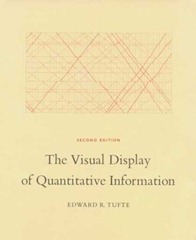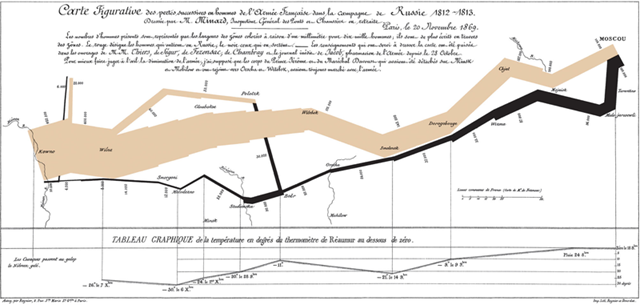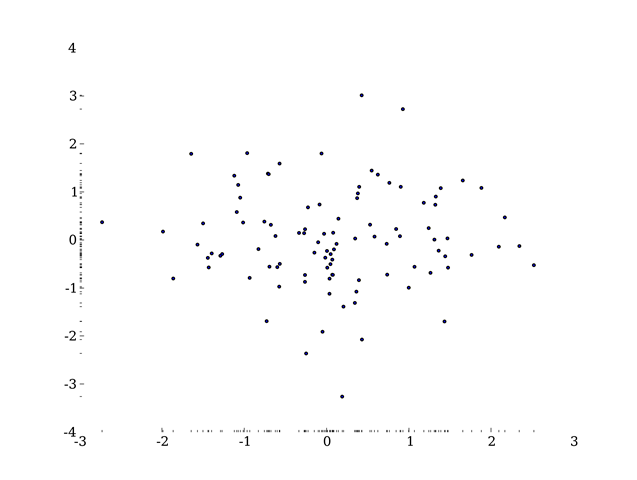Eric Schmidt, chairman of Google is in the news with his comments at the MacTaggart Lecture at the Edinburgh International Television Festival. The headline is a general criticism of the UK education system but what he actually said was more focussed on technology and in particular IT education: bemoaning the fact that computer science was not compulsory and what of it that there was about the use of software packages rather than how to code.
I was born in 1970, and learnt to program sometime in the early 80s. I can’t remember exactly where but I suspect it was in part at the after-school computer club my school ran. A clear memory I have is of an odd man who’d brought in a TRS-80 explaining that a FOR-NEXT loop was an instruction for a computer to “go look up its bottom” – this was at a time before CRB checks. My first computer was a Commodore VIC-20, Clive Sinclair having failed to deliver a ZX81 and the BBC Micros being rather more expensive proposition than my parents were willing to afford.
Many children of the early 80s cut their teeth programming by typing in programs from computer magazines; a tedious exercise which trained you in accurate transcription and debugging. Even at that time the focus of Computer Studies lessons was on using applications rather than teaching us to program although I do remember watching the BBC programmes on programming which went alongside the BBC Micro. As I have mentioned before, programming is in my blood – both my parents were programmers in the 60s.
About 10 years ago I was teaching programming to undergraduate physicists, from a class of 50 only 2 had any previous programming experience. The same is true in my workplace, a research lab where only a small minority of us can code.
Knowing how to code gives you a different mindset when approaching computer systems. Recently I have been experimenting with my company reports database. The reports are stored as PDF files; I was told the text inside them was not accessible – now to me that sounds like a challenge! After a bit of hacking I’d worked out how to extract the full text of reports out of the PDF files but then code that once worked stopped working. This puzzled me, so I checked the text that my program was pulling from the database and instead of being a PDF file, it was a message saying “Please don’t do that"!
At the moment I’m writing a program that takes an address list file, checks to see if the addressees have a mobile phone number and if they do uploads it to an SMS service, spitting out into a separate file those that do not have a mobile phone number. To me this is a problem that has an obvious programming solution, for the people who generate the address list it’s a bit like black magic.
These days we are surrounding by technology bearing code, just about every piece of electrical equipment in my house has code in it, but it seems that ever fewer of us have been inducted into the magic of writing our own code. These days there’s just so much more fun to be had from programming: there are endless online data sources and our phones and computers have so many programmable facilities built into them.
At what age can I teach my child Python?

